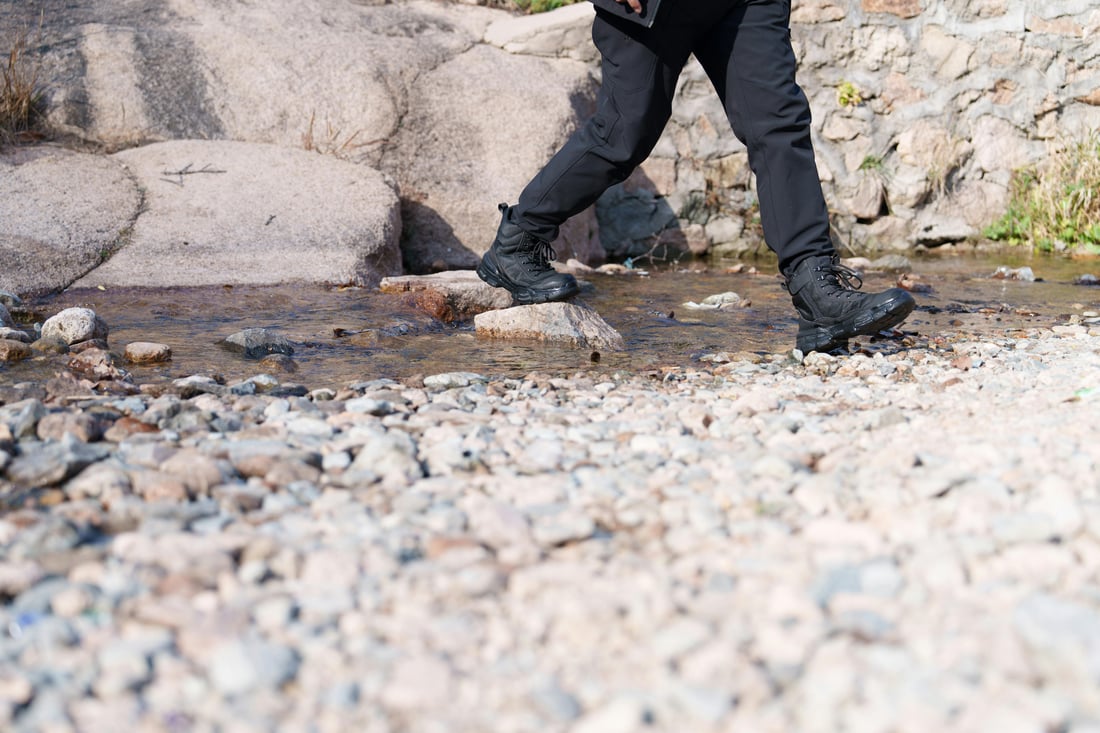Safety footwear plays a vital role in protecting workers from workplace hazards. Regular safety footwear inspection is essential to ensure that the protective gear is in good condition and will effectively prevent accidents.
How Often Should Safety Footwear be Inspected?
Ideally, safety footwear should be inspected daily before each use. Inspections should also be done whenever new footwear is purchased, when there is visible damage, or if the footwear has been exposed to harsh conditions.
What to Look for During Inspection
During a safety footwear inspection, check for signs of wear and tear, such as cracks, punctures, or worn-out soles. Ensure that all components of the footwear, including the laces, eyelets, and safety features, are in good working condition.
Proper Storage and Care
To prolong the lifespan of safety footwear, it is important to store them in a cool, dry place away from direct sunlight and harsh chemicals. Regular cleaning and maintenance will also ensure that the footwear remains in top condition.
Types of Safety Footwear Inspections
There are two main types of safety footwear inspections: pre-use inspections and in-depth inspections. Pre-use inspections are quick checks done before each use, while in-depth inspections involve a more thorough examination of the footwear.
Common Issues Found During Inspection
Some common issues found during safety footwear inspections include worn-out soles, loose stitching, damaged toe caps, and compromised safety features. It is important to address these issues promptly to prevent accidents.
Training and Education
Proper training on safety footwear inspection should be provided to all workers who are required to wear protective footwear. Education on the importance of regular inspections can help prevent workplace accidents.
Compliance with Regulations
Many industries have specific regulations regarding the use and maintenance of safety footwear. Regular inspections are essential to ensure compliance with these regulations and to maintain a safe work environment.
Benefits of Regular Inspections
Regular safety footwear inspections not only help prevent accidents and injuries but also prolong the lifespan of the footwear. By detecting issues early on, costly replacements can be avoided.
Conclusion
In conclusion, safety footwear inspection is crucial for maintaining a safe work environment and preventing accidents. By conducting regular inspections, addressing any issues promptly, and providing proper training, employers can ensure the effectiveness of safety footwear in protecting their workers.
Quote Inquiry
Contact us!

